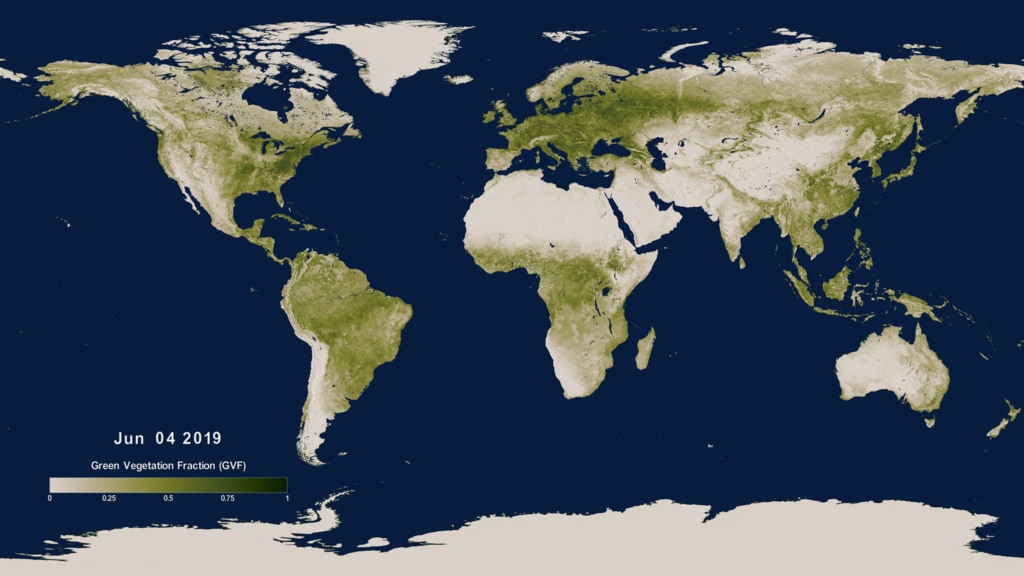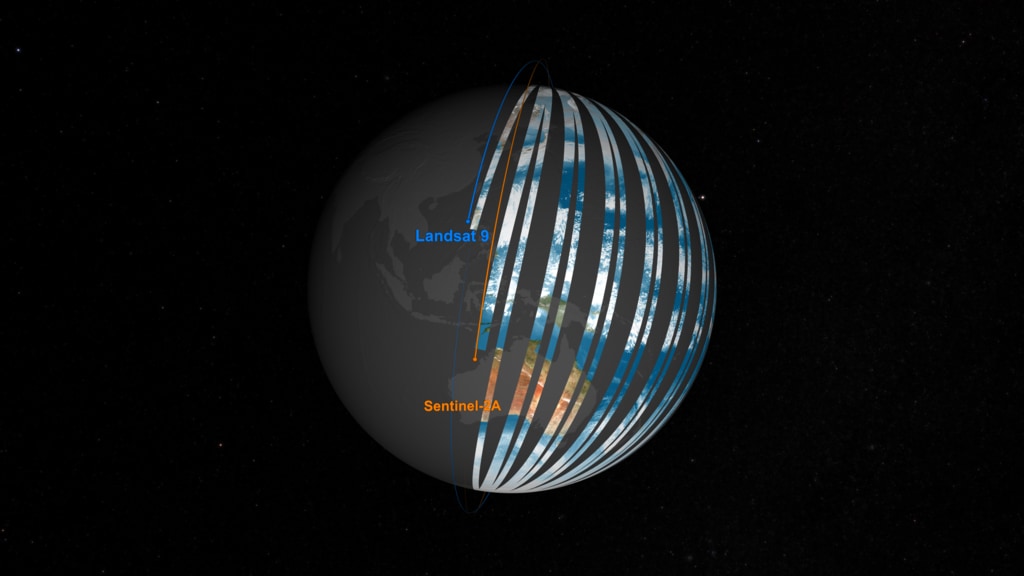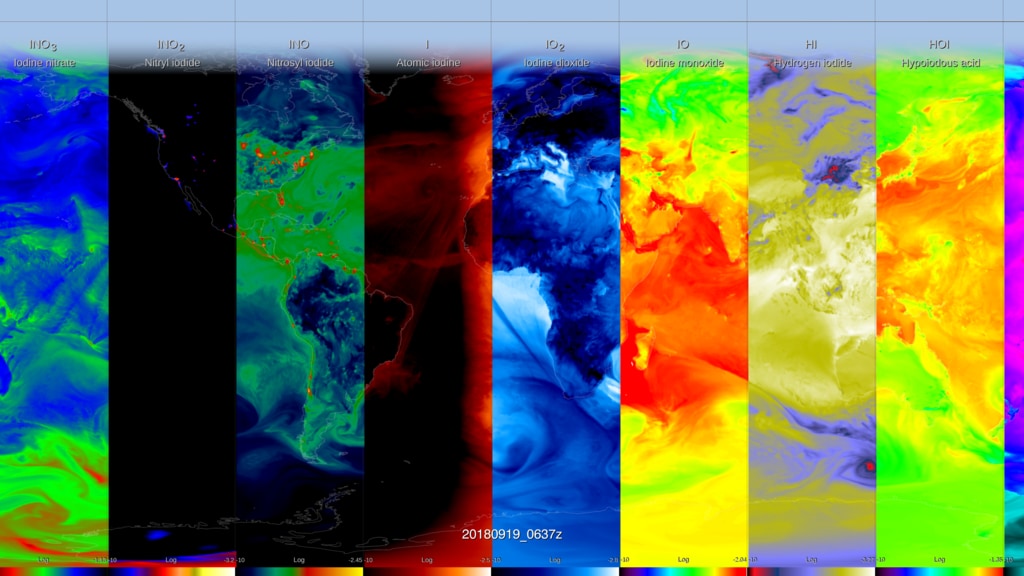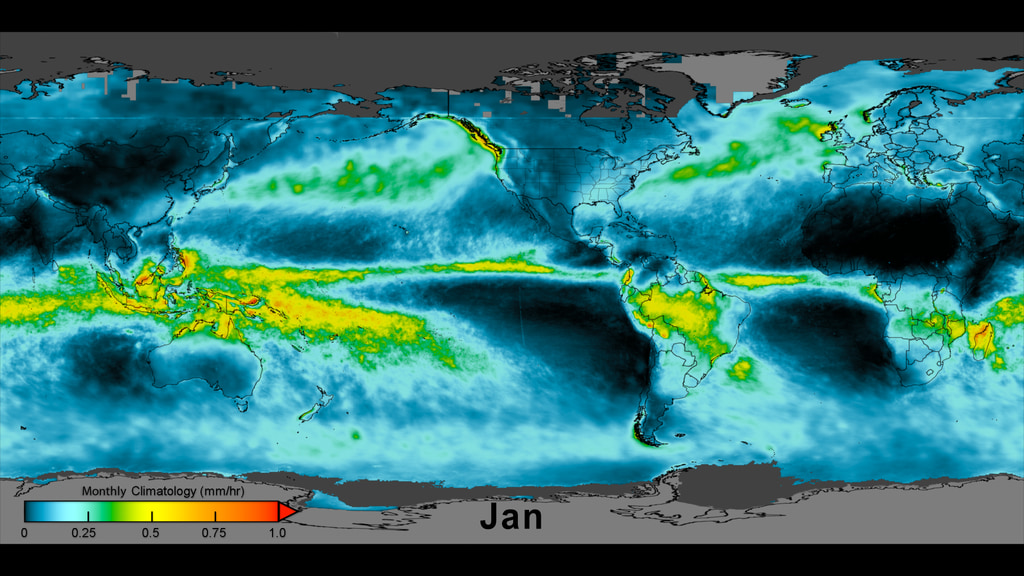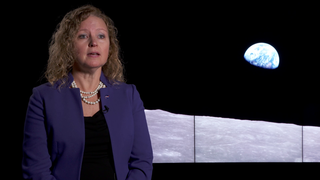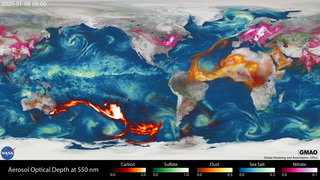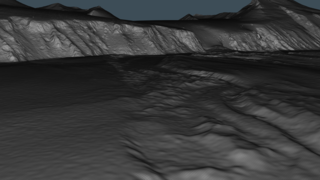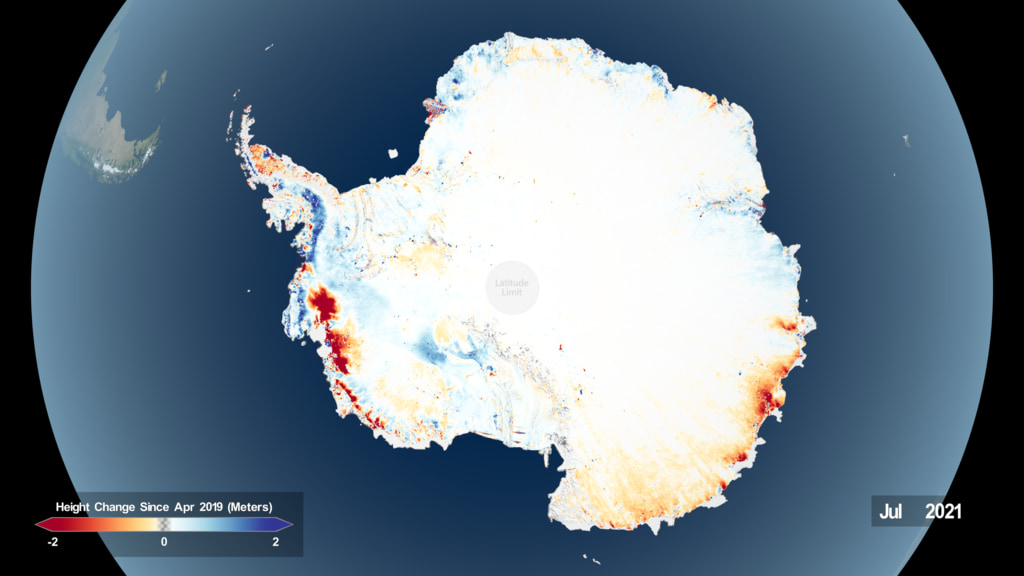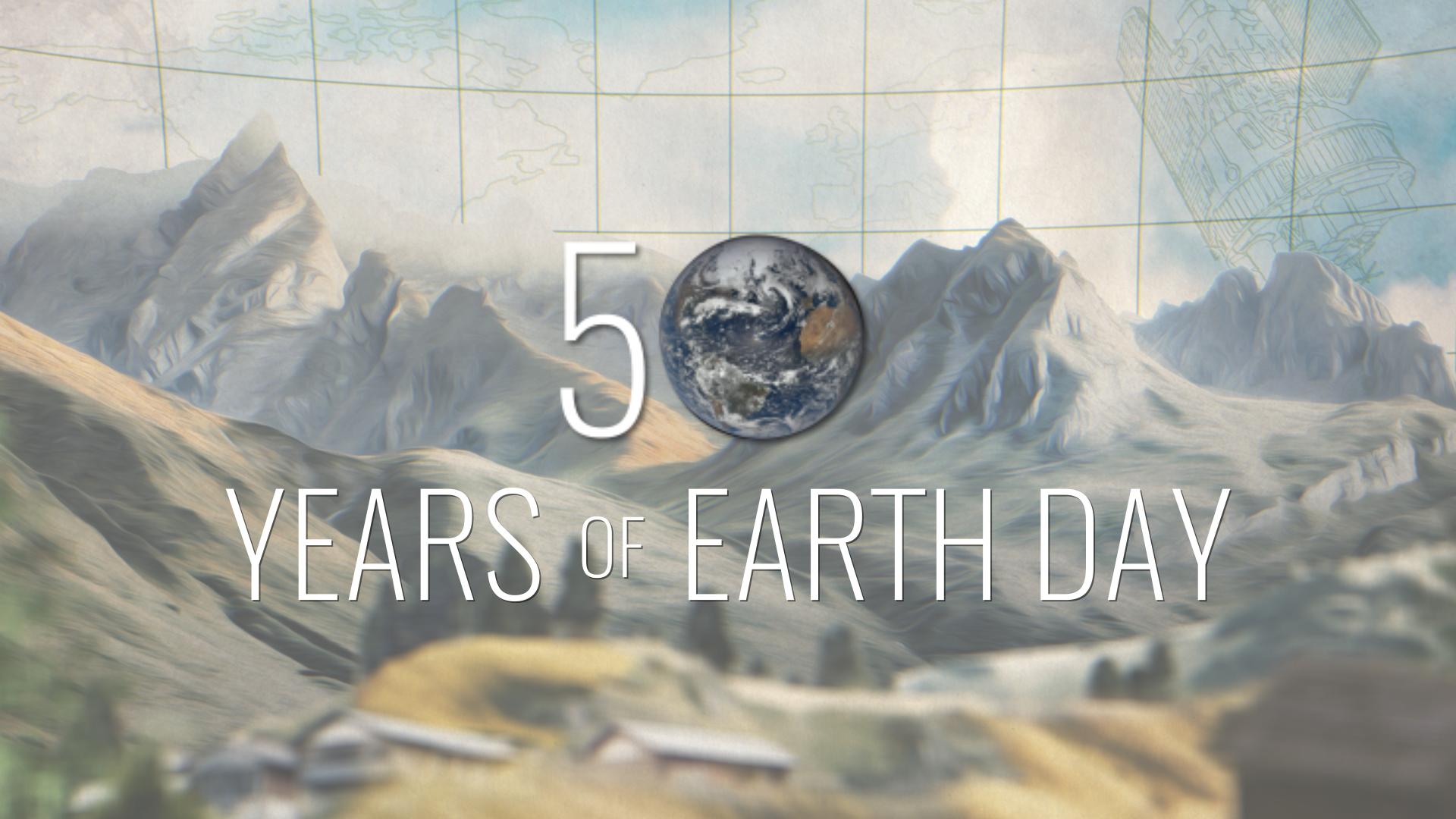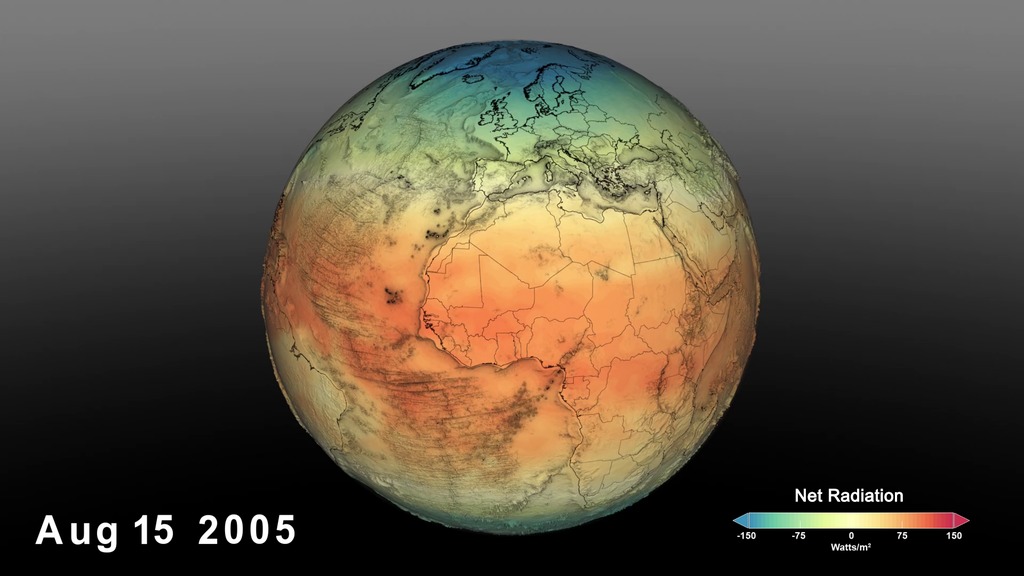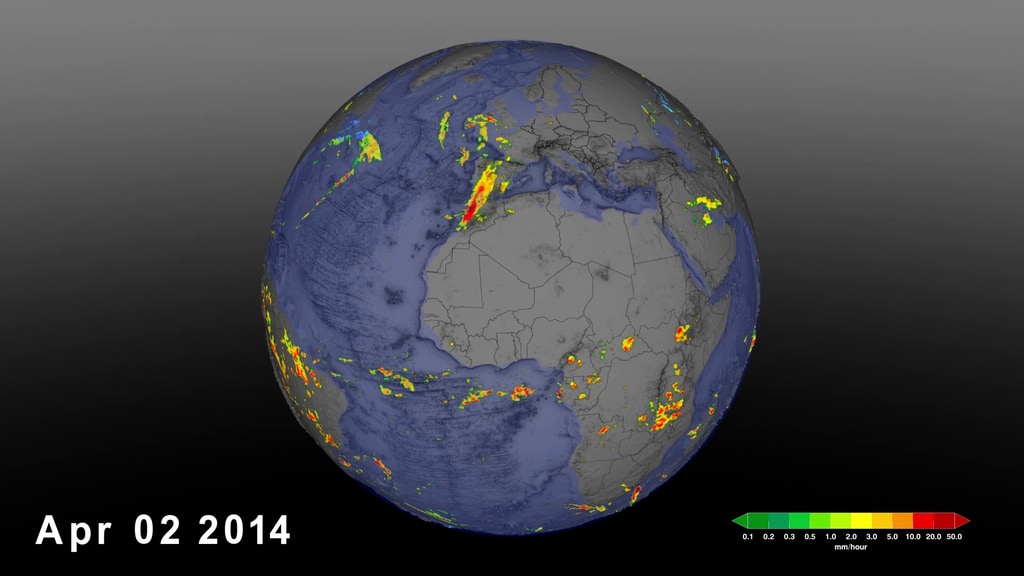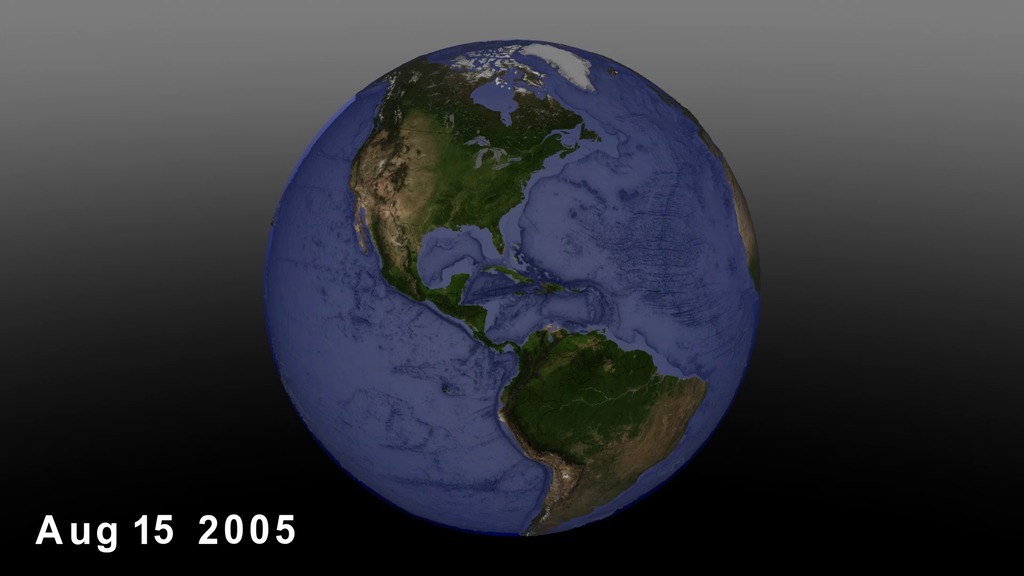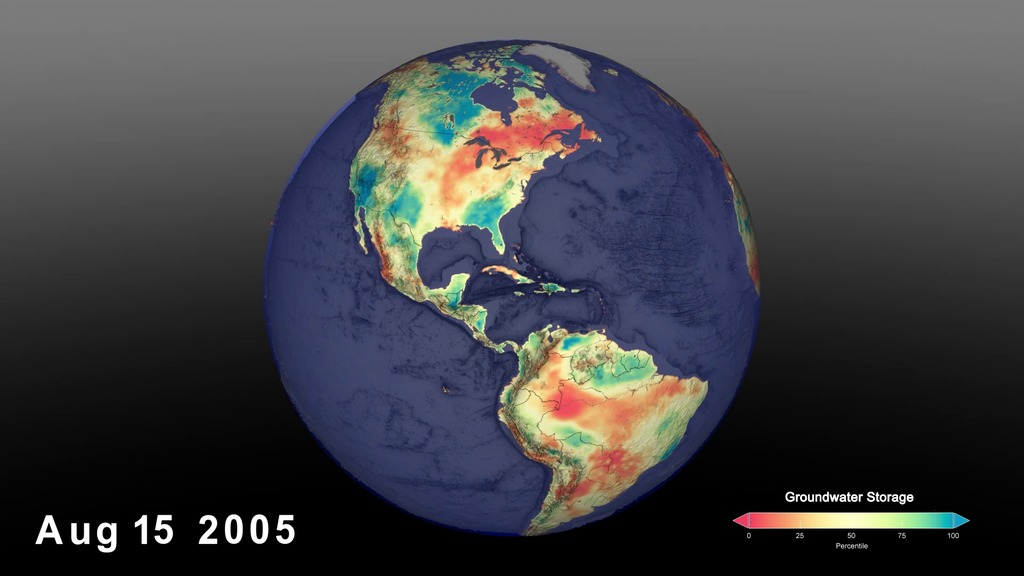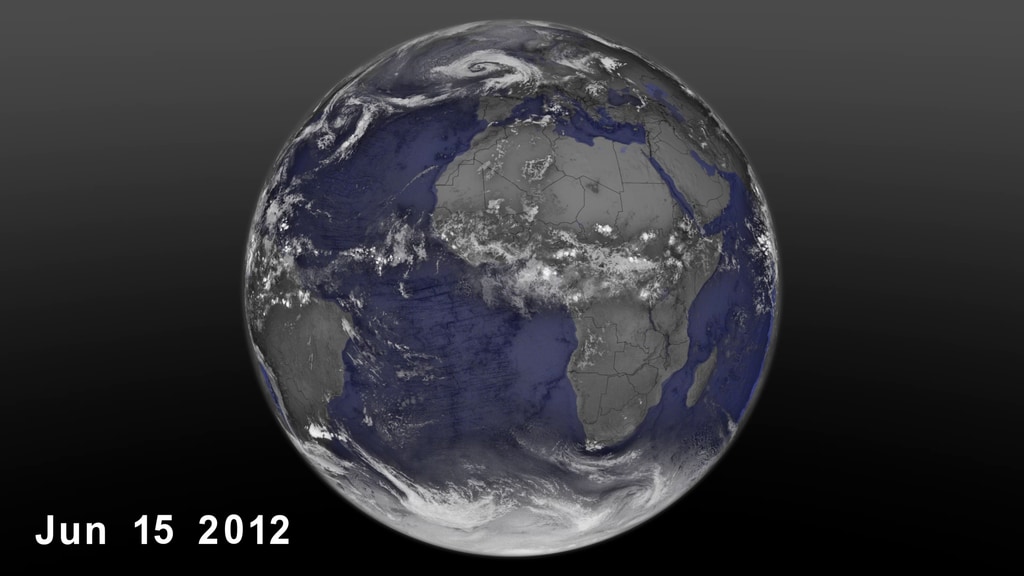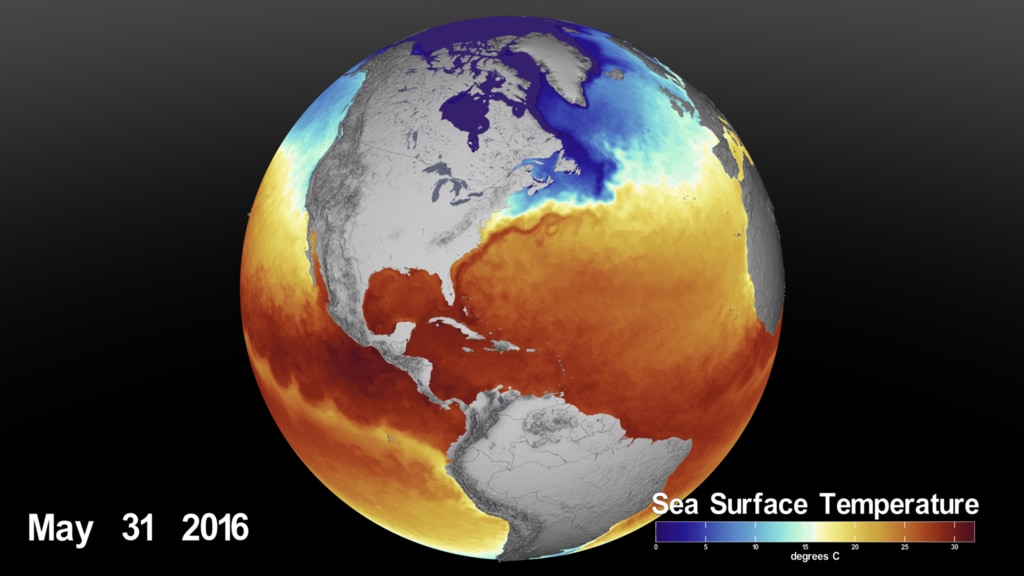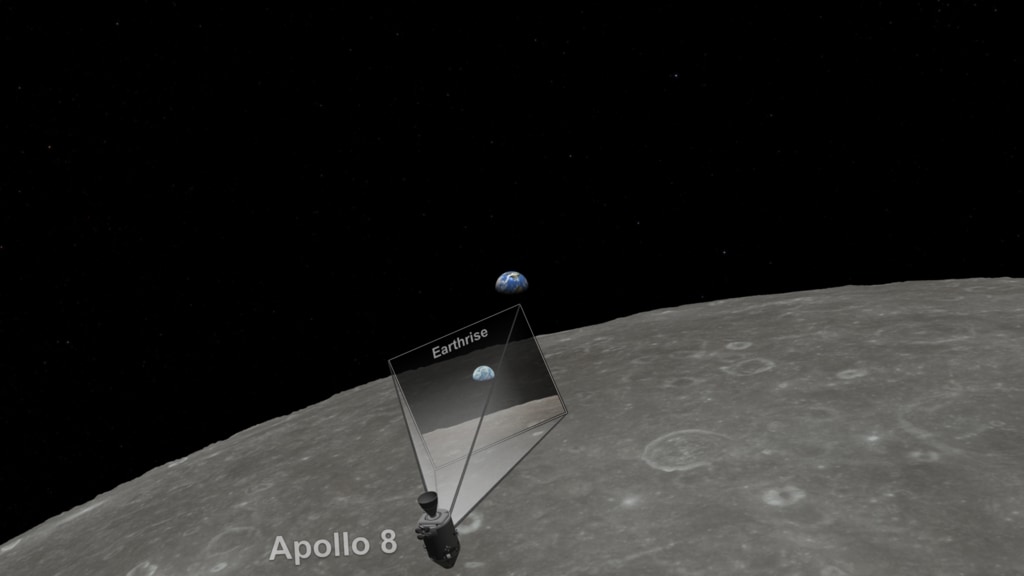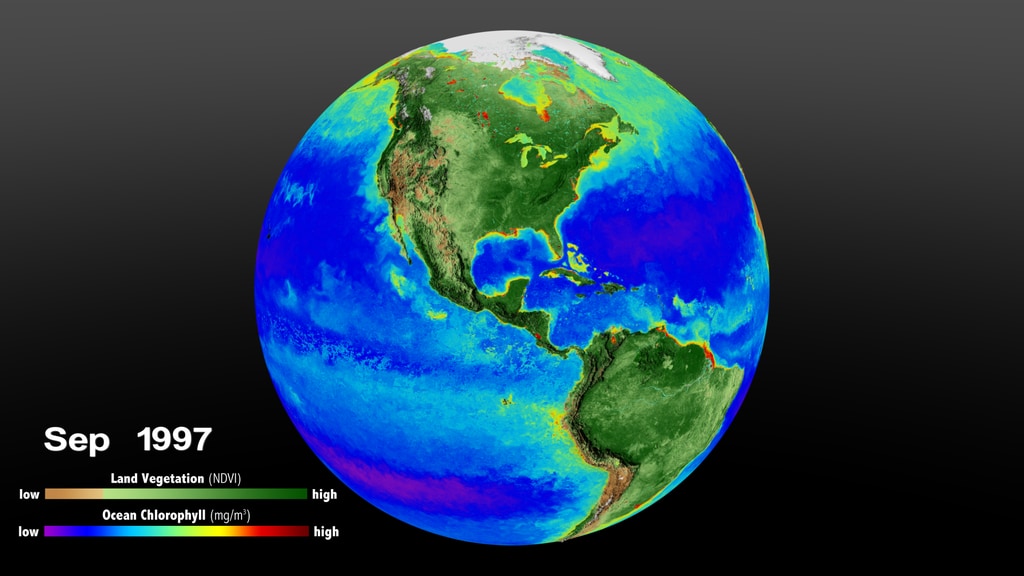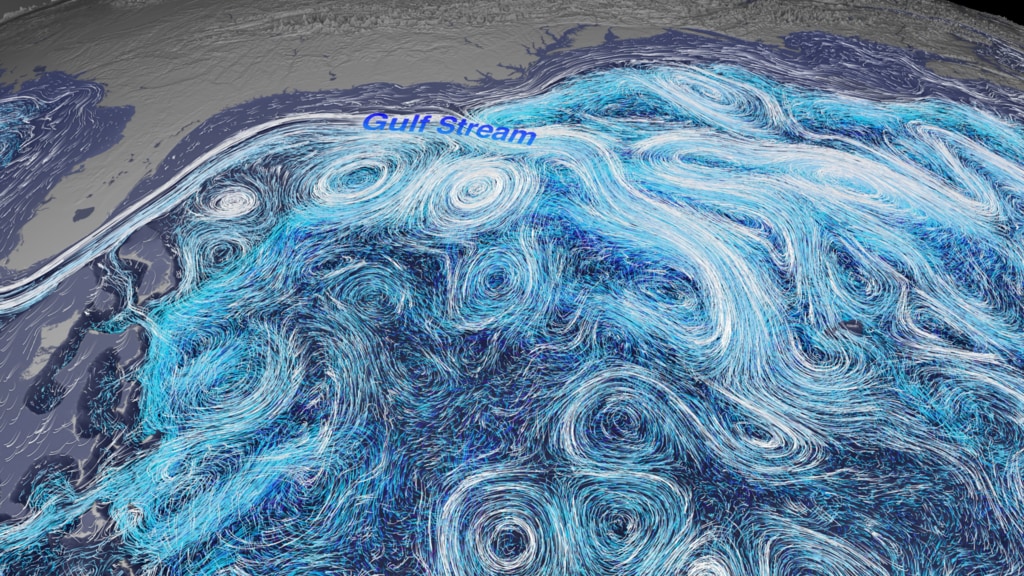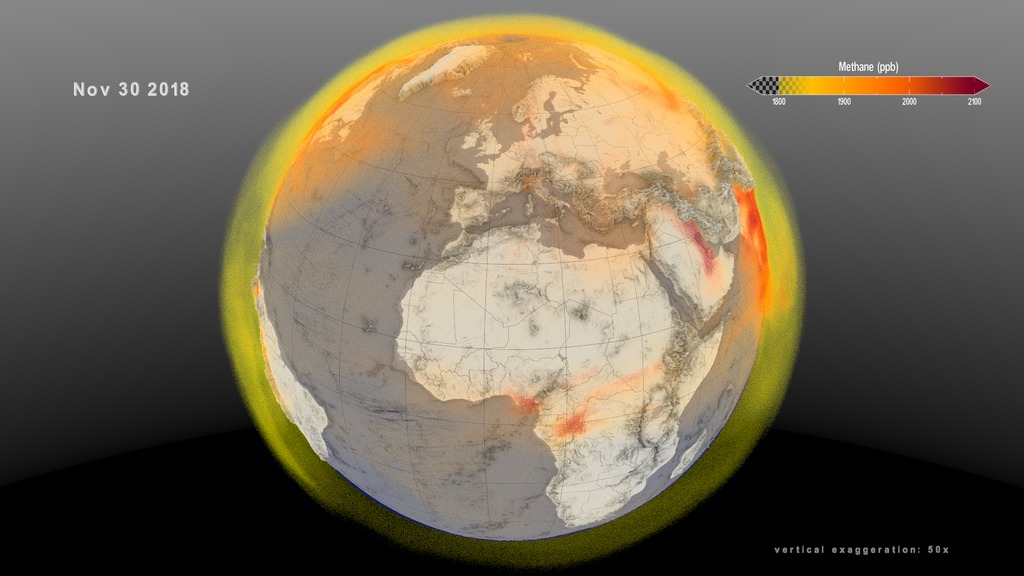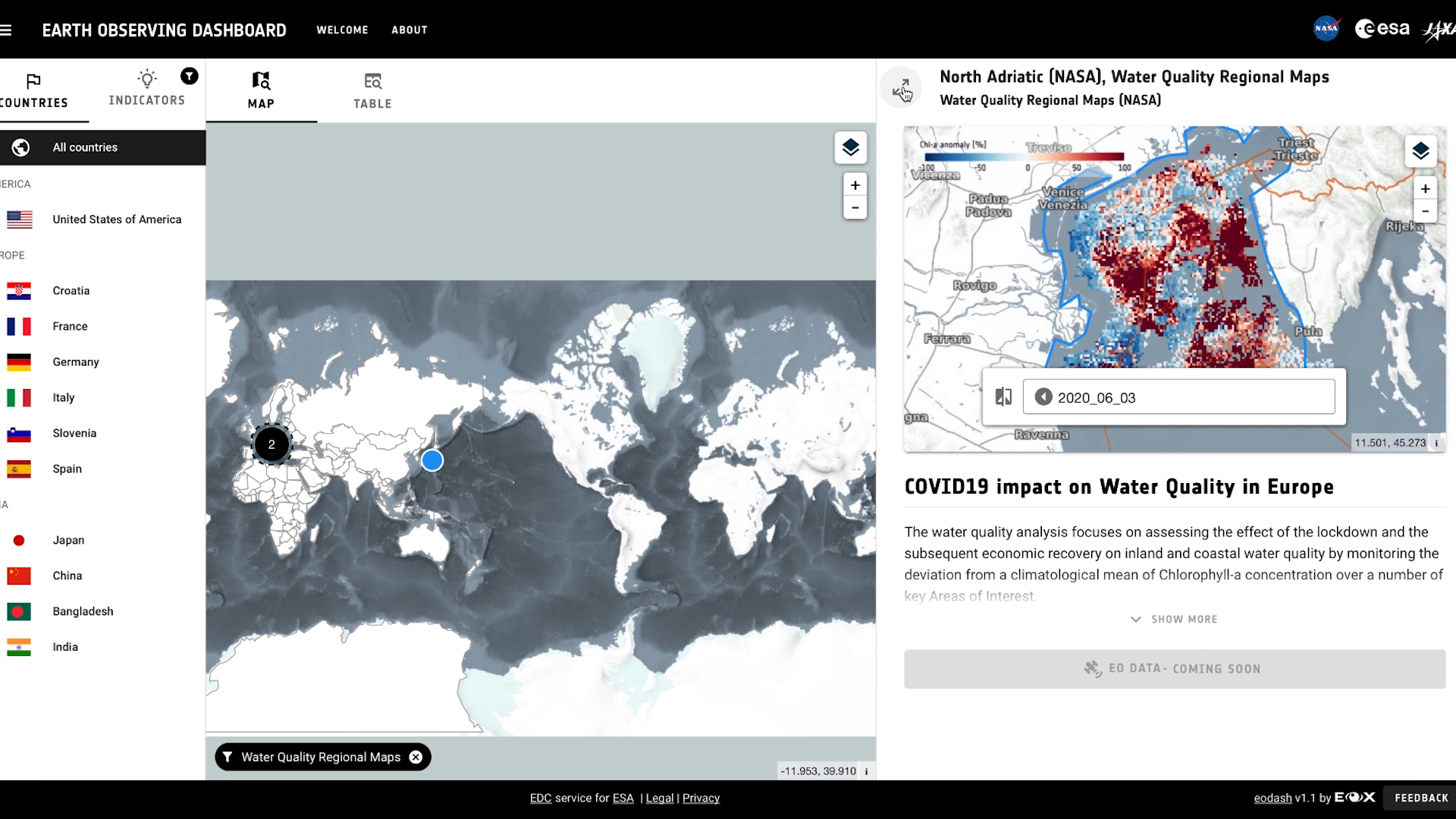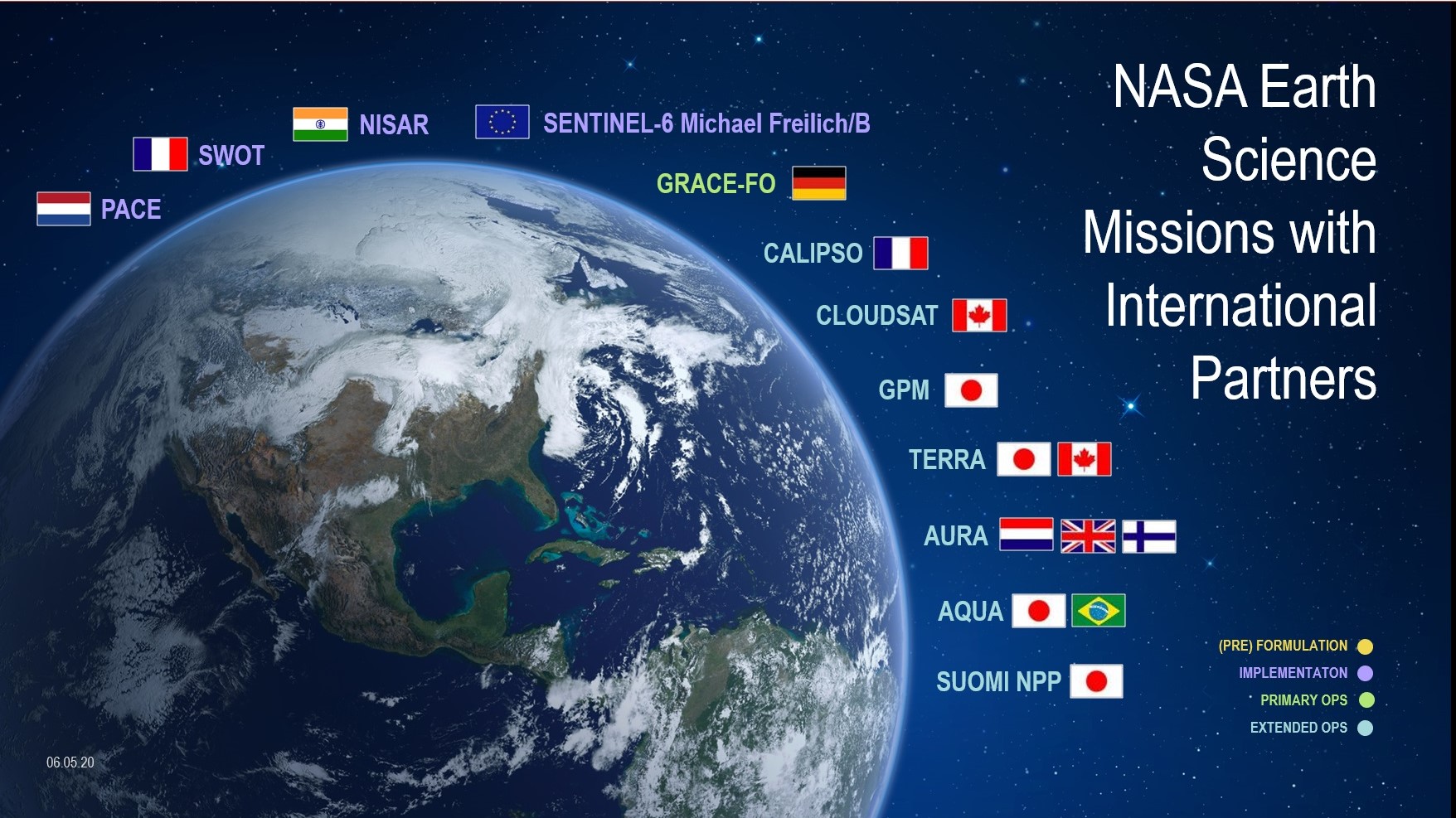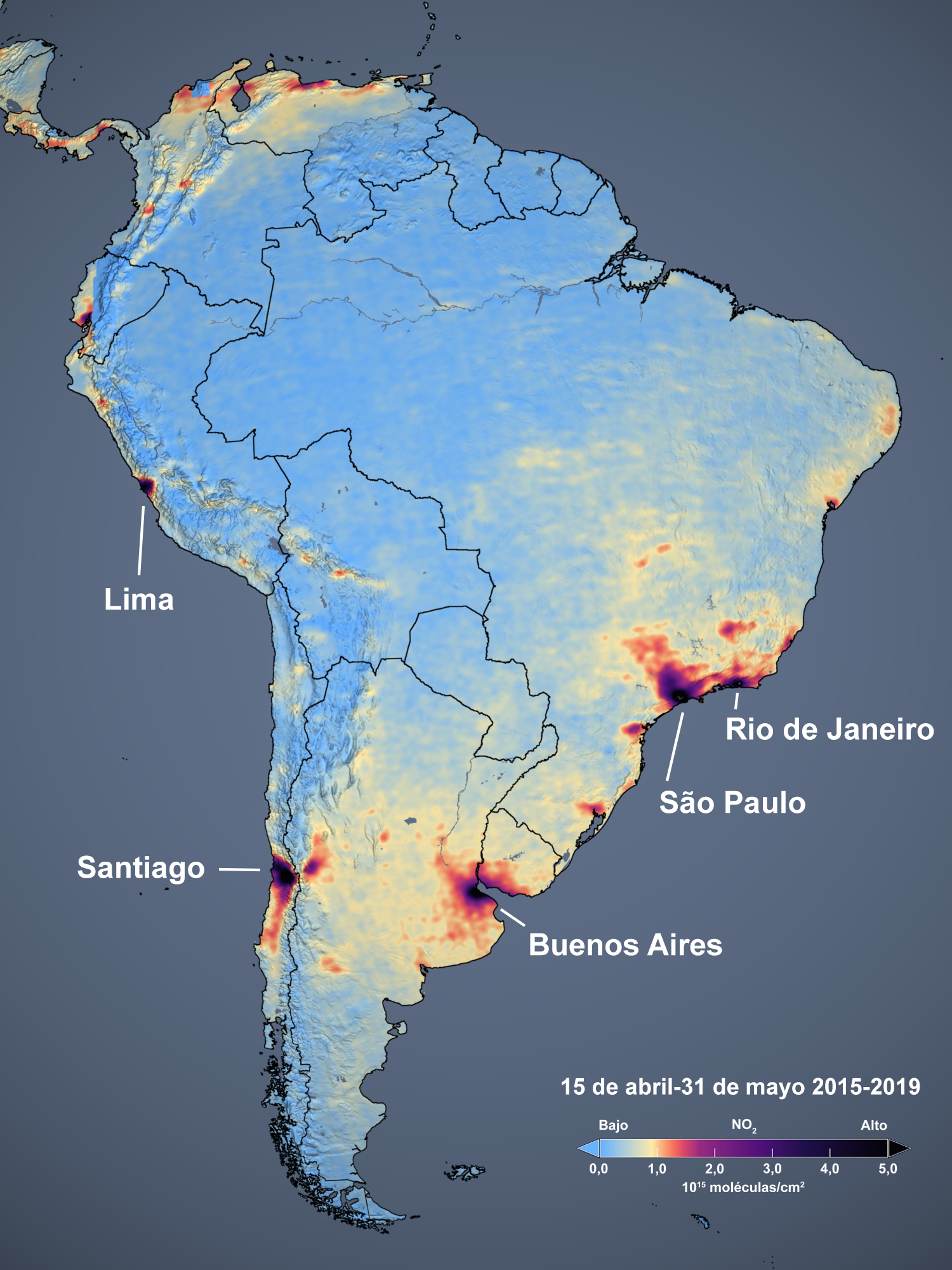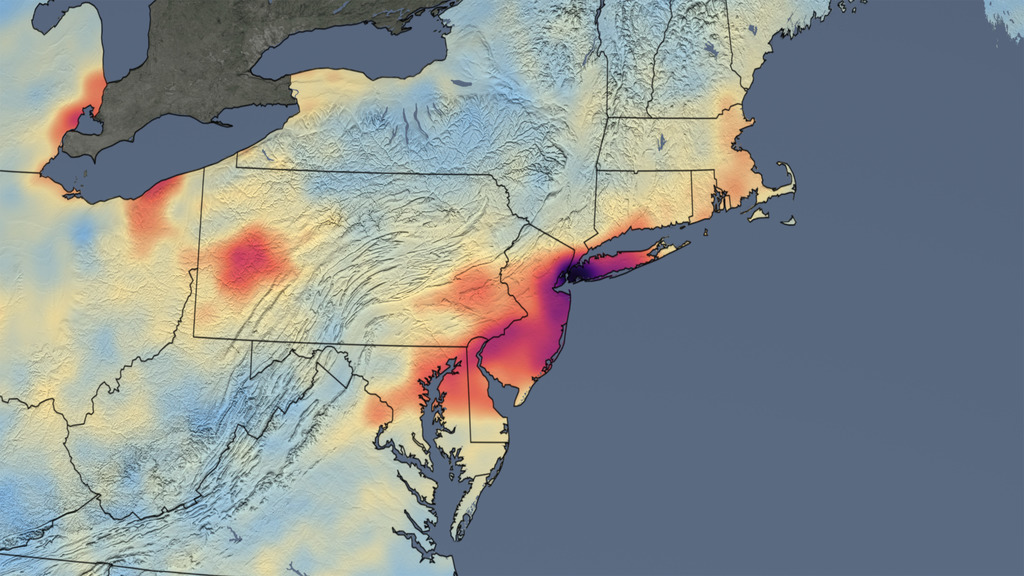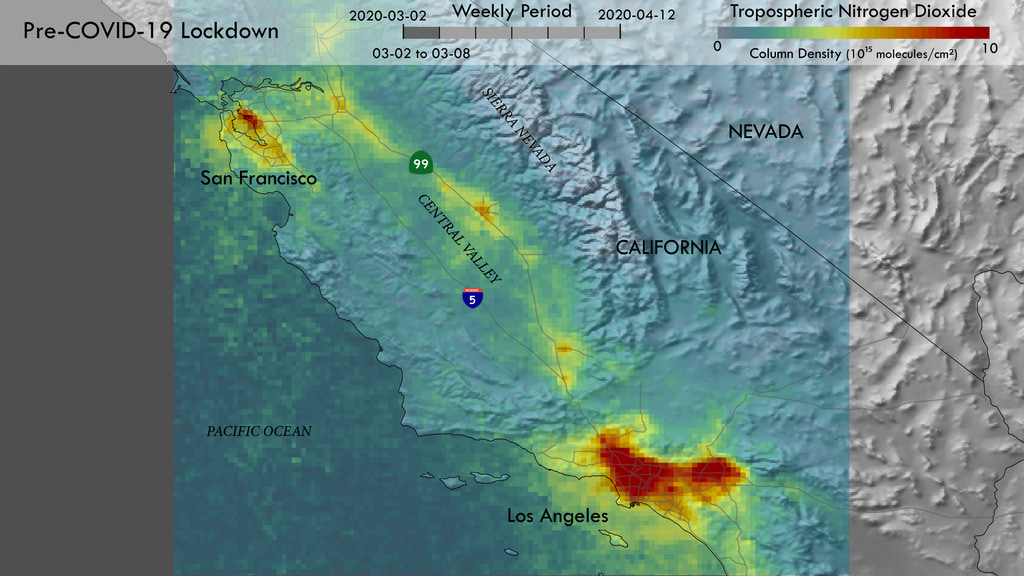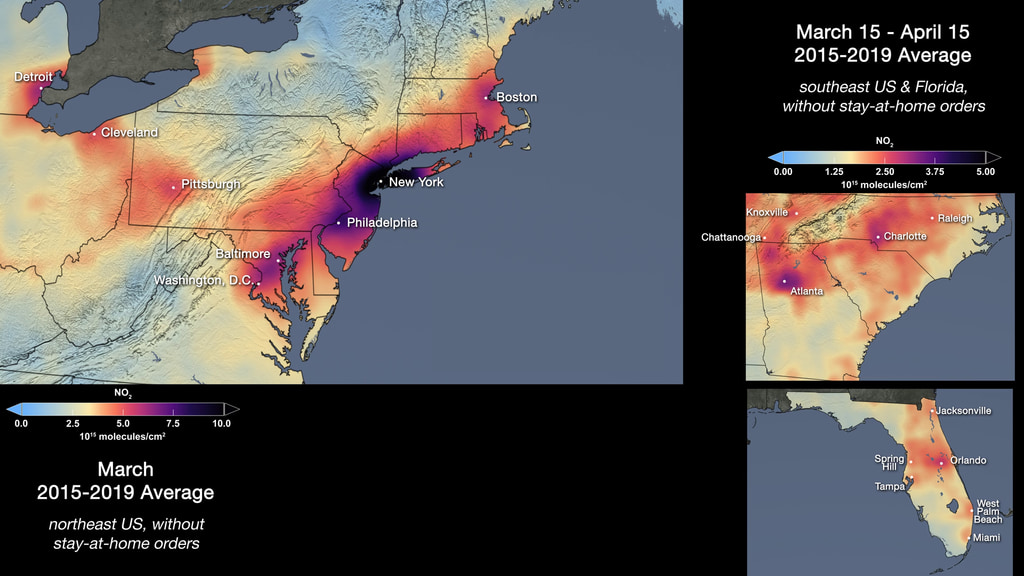What's New with Earth Today
Overview
Explore the latest visualizations of NASA's Earth Observing satellites and the data they collect. NASA researchers are constantly tracking remote-sensing data and modeling processes to better understand our home planet.
Latest Earth Visuals
- Visualization
- Section
- Visualization
- Section
- Section
- Section
- Visualization
- Visualization
- Section
- Visualization
- Section
- Visualization
- Visualization
- Section
- Hyperwall Visual
- Hyperwall Visual
- Hyperwall Visual
- Visualization
- Visualization
- Gallery
- Gallery
- Visualization
- Visualization
- Visualization
- Section
- Visualization
- Hyperwall Visual
- Visualization
- Visualization
- Visualization
- Visualization
- Visualization
- Section
- Visualization
Earth Day
- Produced Video
- Visualization
- Visualization
- Visualization
- Visualization
- Visualization
- Visualization
- Visualization
COVID-19 Earth Observations
As cities and countries locked down during COVID-19, some changes were visible from space.
NASA, ESA and JAXA Partner to Create COVID-19 Earth Observation Dashboard
Go to this pageAs cities and countries locked down during COVID-19, some changes were visible from space. NASA, ESA and JAXA have partnered to create a dashboard making those data available.Read more: https://www.nasa.gov/press-release/nasa-partner-space-agencies-amass-global-view-of-covid-19-impacts ||
NASA, ESA, JAXA Release Global View of COVID-19 Impacts
Go to this pageNASA, ESA (European Space Agency) and JAXA (Japan Aerospace Exploration Agency) have created a dashboard of satellite data showing impacts on the environment and socioeconomic activity caused by the global response to the coronavirus (COVID-19) pandemic.The dashboard will be released on Thursday, June 25 during a tri-agency media briefing. The briefing speakers are:•Josef Aschbacher, director of ESA Earth Observation Programmes•Thomas Zurbuchen, associate administrator of NASA’s Science Mission Directorate•Koji Terada, vice president and director general for the Space Technology Directorate at JAXA•Shin-ichi Sobue, project manager for JAXA’s ALOS-2 mission•Ken Jucks, program scientist for NASA’s OCO-2 and Aura missions•Anca Anghelea, open data scientist, ESA Earth observation programmes ||
NO2 Decline Related to Restrictions Due to COVID-19 in South America
Go to this pageOn June 1, the World Health Organization noted that Central and South American countries have become “the intense zones” for COVID-19 transmission. The Ozone Monitoring Instrument (OMI) on board NASA’s Aura satellite provides data that indicate that restrictions on human activity have led to about a 36% decrease in NO2 levels in Rio de Janeiro, Brazil, relative to previous years. Other large cities in South America show similar decreases in NO2: 36% in Santiago, Chile; 35% in São Paolo, Brazil; and 40% in Buenos Aires, Argentina. One notable exception is in Lima, Peru, showing a 69% decrease. The large decrease may partly be associated with natural variations in weather that can, for instance, disperse air pollution more quickly. Additional analysis is required to determine the amount of the decrease of NO2 in Lima that is associated with a decrease in human activity. A notable increase in NO2 occurred in northern South America, which is likely associated with increased agricultural burning in 2020 relative to previous years. ||
Reductions in Pollution Associated with Decreased Fossil Fuel Use Resulting from COVID-19 Mitigation
Go to this pageOver the past several weeks, the United States has seen significant reductions in air pollution over its major metropolitan areas. Similar reductions in air pollution have been observed in other regions of the world. ||
New-Generation Satellite Observations Monitor Air Pollution During COVID-19 Lockdown Measures in California
Go to this pageTROPOMI Nitrogen Dioxide animation. || tropomi_california_20200302_20200308_print.jpg (1024x576) [179.6 KB] || tropomi_california_20200302_20200308_searchweb.png (320x180) [95.9 KB] || tropomi_california_20200302_20200308_thm.png (80x40) [6.5 KB] || tropomi_california_covid-19_1080p.mp4 (1920x1080) [2.9 MB] || tropomi_california_covid-19_720p.mp4 (1280x720) [1.7 MB] || tropomi_california_covid-19_720p.webm (1280x720) [1.6 MB] || tropomi_california_20200302_20200308.tif (3840x2160) [7.5 MB] || tropomi_california_20200309_20200315.tif (3840x2160) [7.5 MB] || tropomi_california_20200316_20200322.tif (3840x2160) [7.4 MB] || tropomi_california_20200323_20200329.tif (3840x2160) [7.3 MB] || tropomi_california_20200330_20200405.tif (3840x2160) [7.3 MB] || tropomi_california_20200406_20200412.tif (3840x2160) [7.4 MB] || tropomi_california_covid-19_2160p.mp4 (3840x2160) [8.3 MB] ||
COVID-19: NASA Satellite Data Show Drop in Air Pollution Over U.S.
Go to this pageTropospheric NO2 Column, March 15-April 15 2015-2019 average vs. 2020, USA regions || 3-regions_1080p.00001_print.jpg (1024x576) [141.7 KB] || 3-regions_1080p.00001_searchweb.png (320x180) [62.9 KB] || 3-regions_1080p.00001_thm.png (80x40) [5.2 KB] || 3-regions_1080p.mp4 (1920x1080) [1.9 MB] || 3-regions_720p.mp4 (1280x720) [1.0 MB] || 3-regions_1080p.webm (1920x1080) [2.3 MB] || 3-regions_2160p.mp4 (3840x2160) [5.6 MB] ||
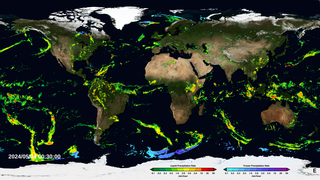
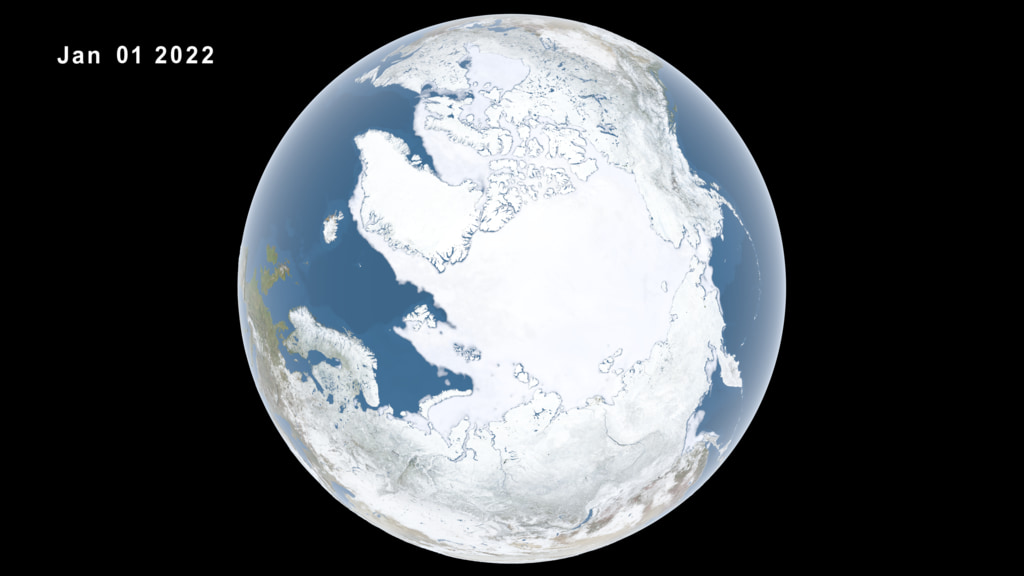

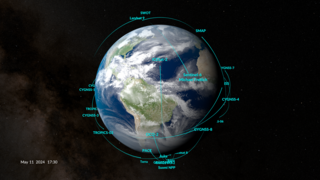
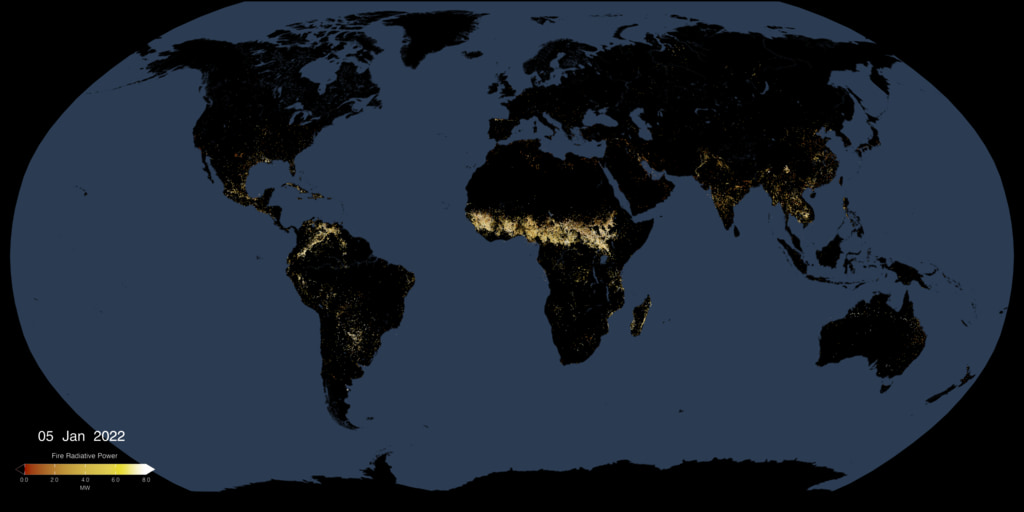
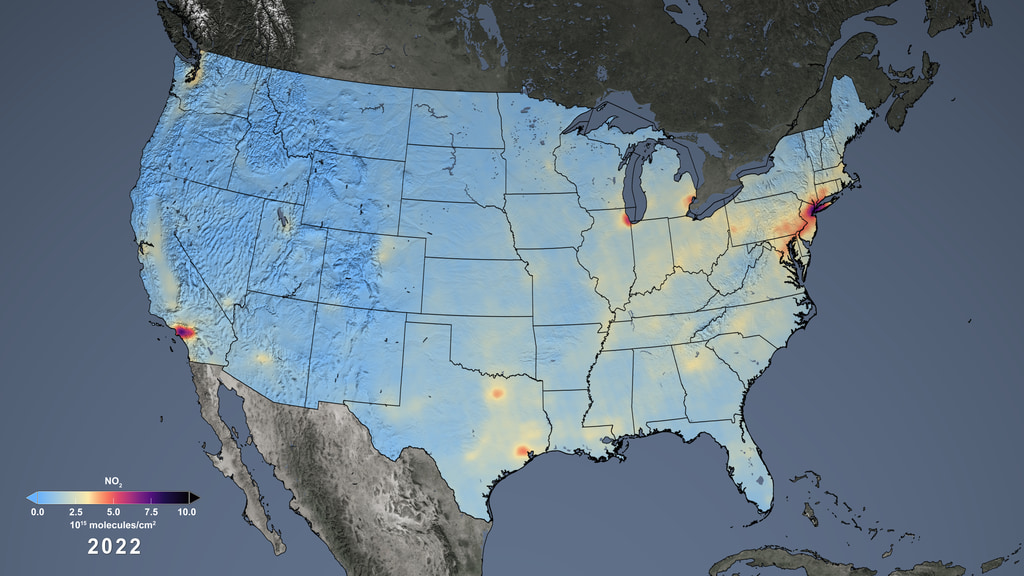

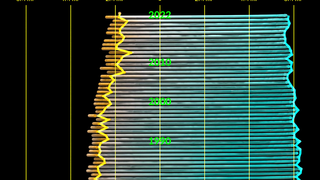
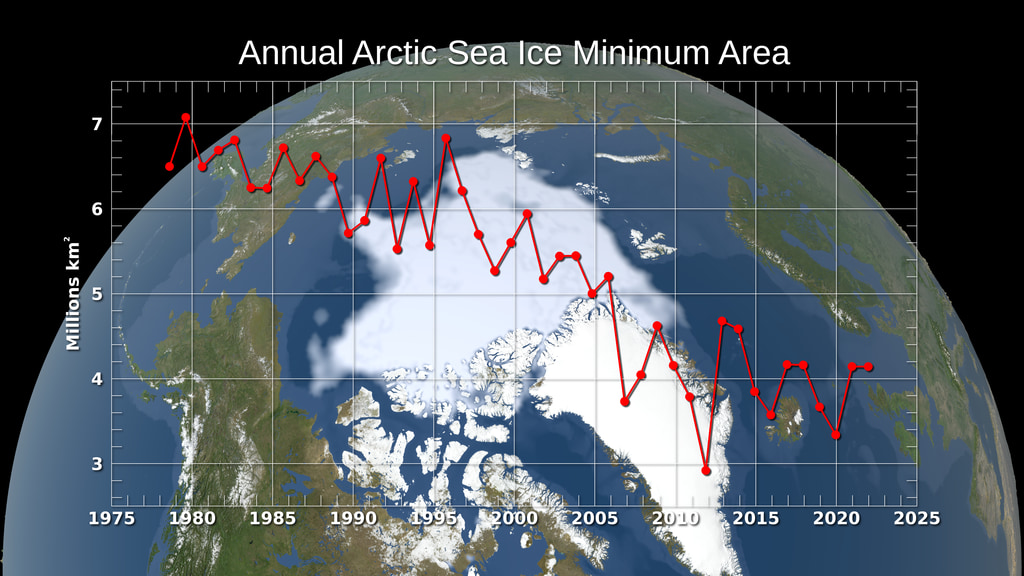
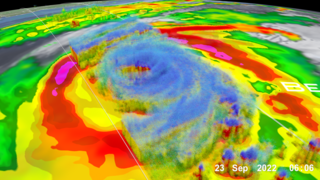
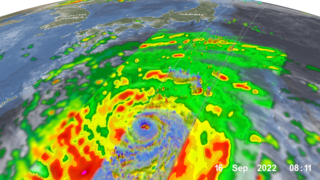
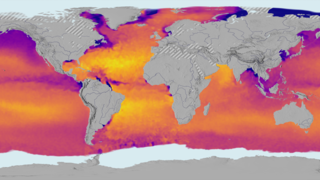
![This data visualization shows the global distribution and variation of the concentration of mid-tropospheric carbon dioxide observed by the Atmospheric Infrared Sounder (AIRS) on the NASA Aqua spacecraft over a 20 year timespan. One obvious feature that we see in the data is a continual increase in carbon dioxide with time, as seen in the shift in the color of the map from light yellow towards red as time progresses. Another feature is the seasonal variation of carbon dioxide in the northern hemisphere, which is governed by the growth cycle of plants. This can be seen as a pulsing in the colors, with a shift towards lighter colors starting in April/May each year and a shift towards red as the end of each growing season passes into winter. The seasonal cycle is more pronounced in the northern hemisphere than the southern hemisphere, since the majority of the land mass is in the north.
The visualization includes a data-driven spatial map of global carbon dioxide and a timeline on the bottom. The timeline showcases the monthly timestep and is paired with the adjusted carbon dioxide value. Areas where the air pressure is less than 750mB (areas of high-altitude) have been marked in the visualization as low data quality (striped) areas. This entry offers two versions of low data quality (stiped) areas. One version includes striped regions as they are calculated on data values and the second version features striped regions below 60 South.
Data Sources:
Carbon Dioxide (CO2) from the Sounder SIPS: AQUA AIRS IR-only Level 3 CLIMCAPS: Comprehensive Quality Control Gridded Monthly V2 (SNDRAQIL3CMCCP), which is a monthly product of global coverage and of spatial resolution 1x1 degrees.
The visualizations included on this page, utilize the variable co2_vmr_uppertop from the CLIMCAPS product. Areas where the air pressure is less than 750mB (areas of high-altitude) and below 60 degrees South have been marked in the visualization as low data quality (striped areas). In addition, areas with data gaps and of high altitude less than 5% of the resolution of the product have been filled using the nearest neighbor algorithm.
Citation: Chris Barnet (2019), Sounder SIPS: AQUA AIRS IR-only Level 3 CLIMCAPS: Comprehensive Quality Control Gridded Monthly V2, Greenbelt, MD, USA, Goddard Earth Sciences Data and Information Services Center (GES DISC), Accessed: [September 9, 2022], doi: 10.5067/ZPZ430KOPMIX
Trends in Atmospheric Carbon Dioxide by NOAA. The visualizations on this page feature de-seasonalized mean value measurements from the Mauna Loa CO2 monthly mean data for the period September 2002-May 2022, Accessed: [September 9 2022].
Citation: Dr. Pieter Tans, NOAA/GML (gml.noaa.gov/ccgg/trends/) and Dr. Ralph Keeling, Scripps Institution of Oceanography (scrippsco2.ucsd.edu).
Citation: Keeling, Ralph F; Keeling, Charles D. (2017). Atmospheric Monthly In Situ CO2 Data - Mauna Loa Observatory, Hawaii (Archive 2021-09-07). In Scripps CO2 Program Data. UC San Diego Library Digital Collections. https://doi.org/10.6075/J08W3BHW
Continental and country outlines from the Scientific Visualization Studio, NASA/GSFC.
The rest of this webpage offers custom versions for web, HD and 4K display systems.
climate.nasa.gov
This section contains assets designed for climate.nasa.gov
HD content
Additional visualization content in HD resolution.
4K content
Colormap
The following section contains colormap information.](/vis/a000000/a005000/a005025/5025_airs_co2_720x405_searchweb.png)
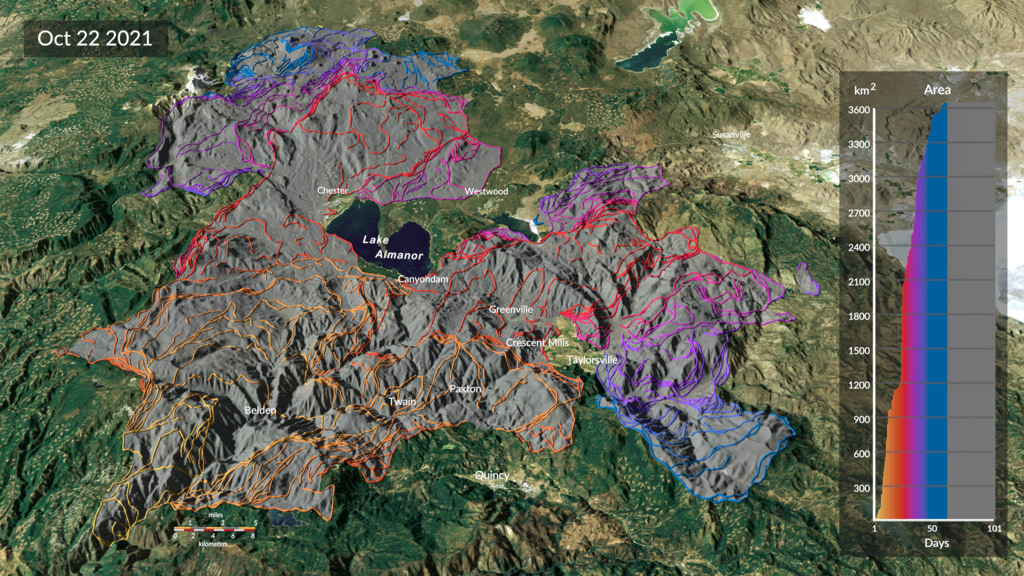
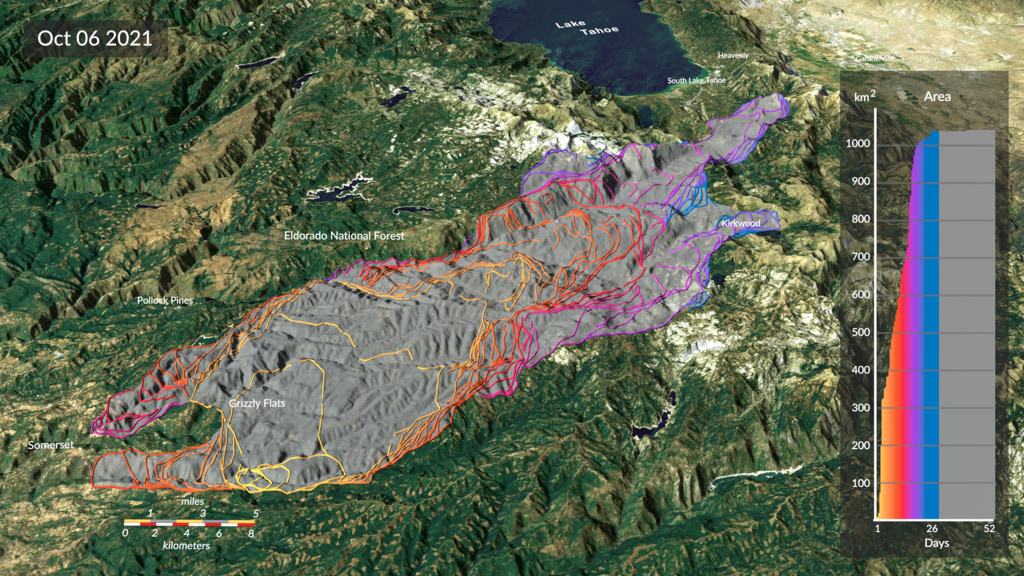
![This visualization uses the Global Fire Emissions Database version 4 to show the weekly carbon emissions from fires from January 2003 through January 2022. The data has a spatial resolution of 0.25 degrees in both latitude and longitude. The monthly fire carbon emissions with small fires from the GFED4s dataset was multiplied by the daily fractional contribution to get the daily carbon emission. This was summed over each 7-day period beginning on January 1st each year. Day of year 365 (and day 366 in leap years) was not included.
The perceptually uniform color scales used in this visualization were developed by Peter Koversi and are available here. See Peter Kovesi. Good Colour Maps: How to Design Them. arXiv:1509.03700 [cs.GR] 2015 for additional information.
Science On a Sphere Content
The following section contains assets designed for Science On a Sphere and related displays.
SOS playlist file: playlist.sos
SOS label file: labels.txt](/vis/a000000/a005000/a005012/Carbon_emissions_with_overlay.6067_searchweb.png)
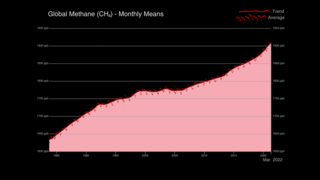
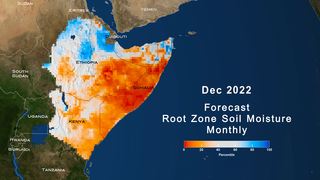

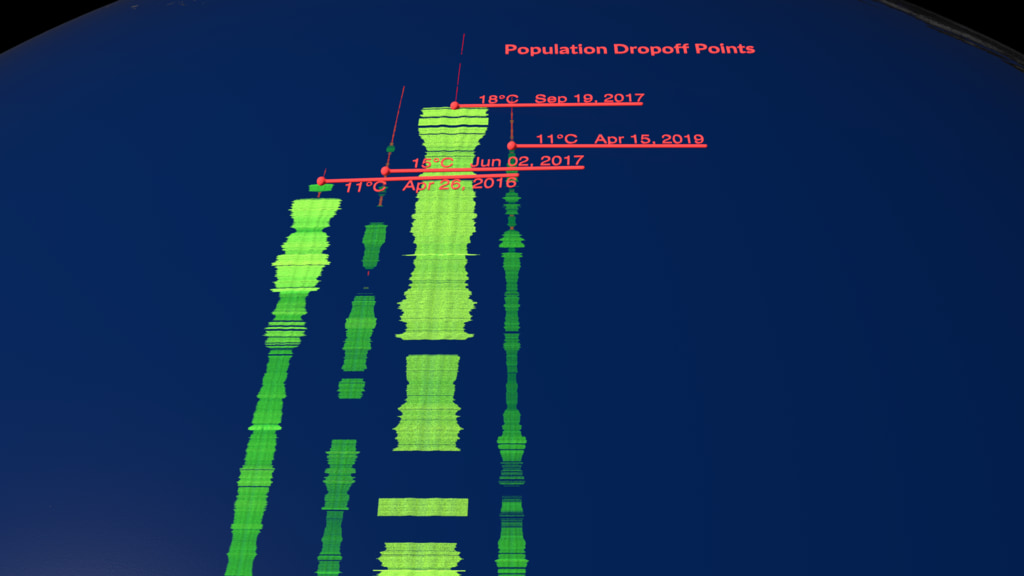
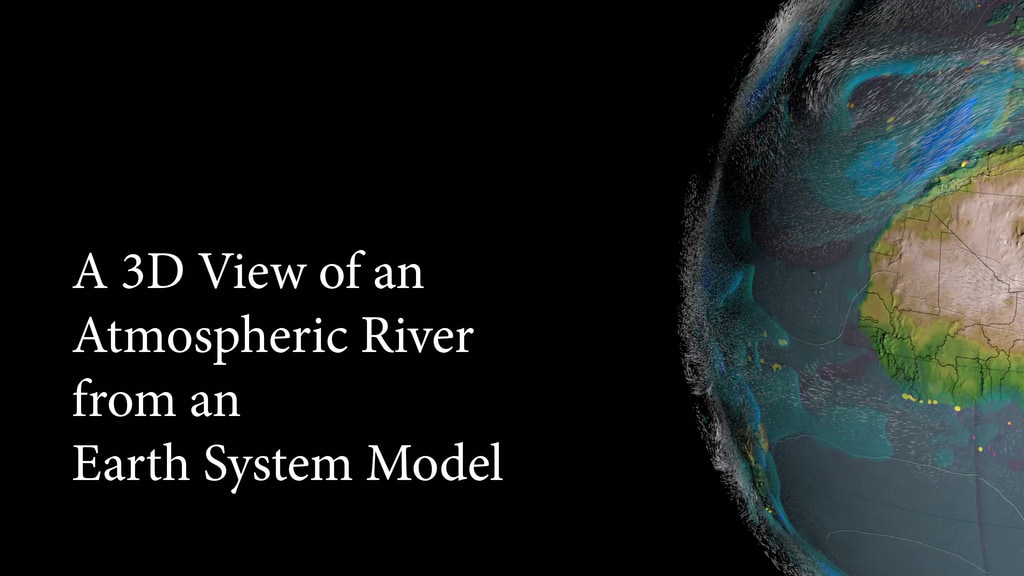
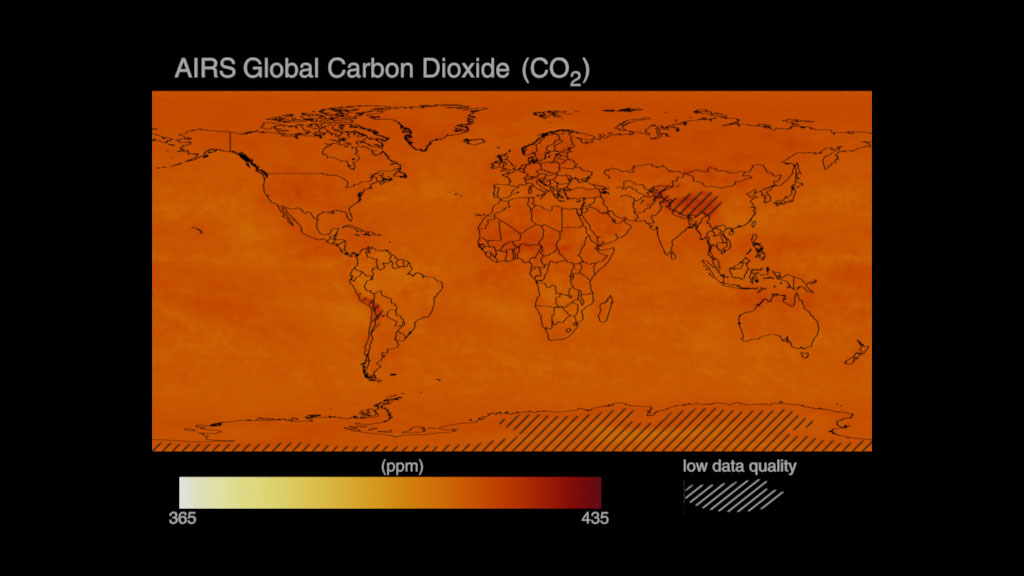
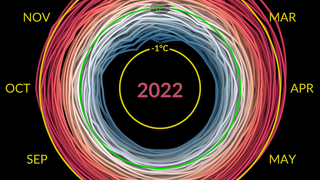
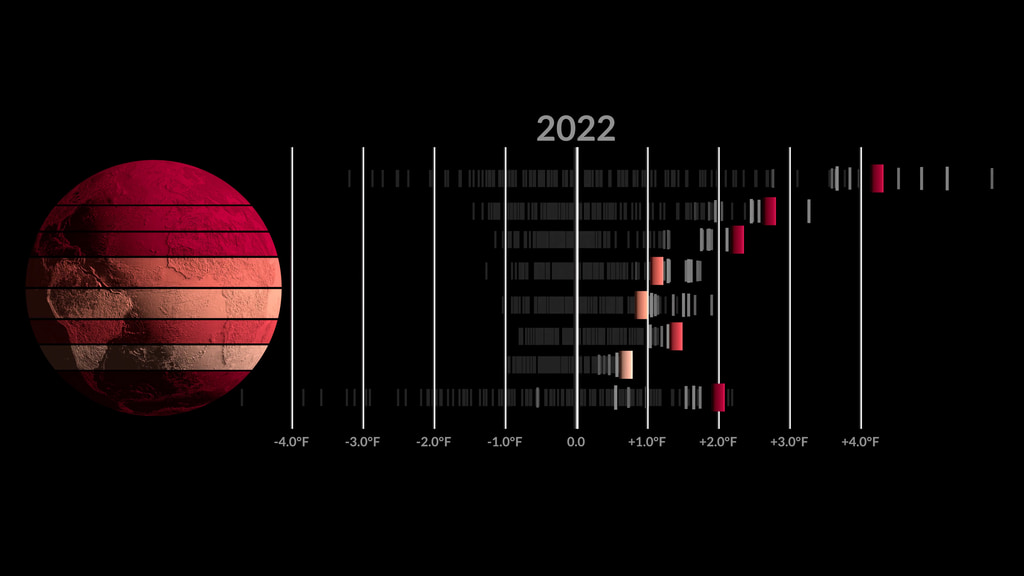

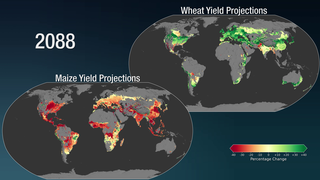
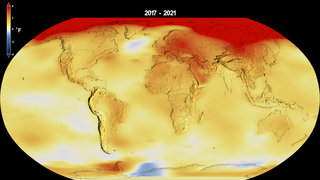
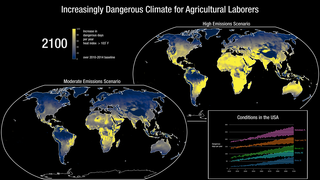
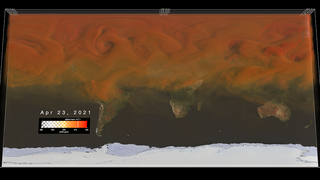
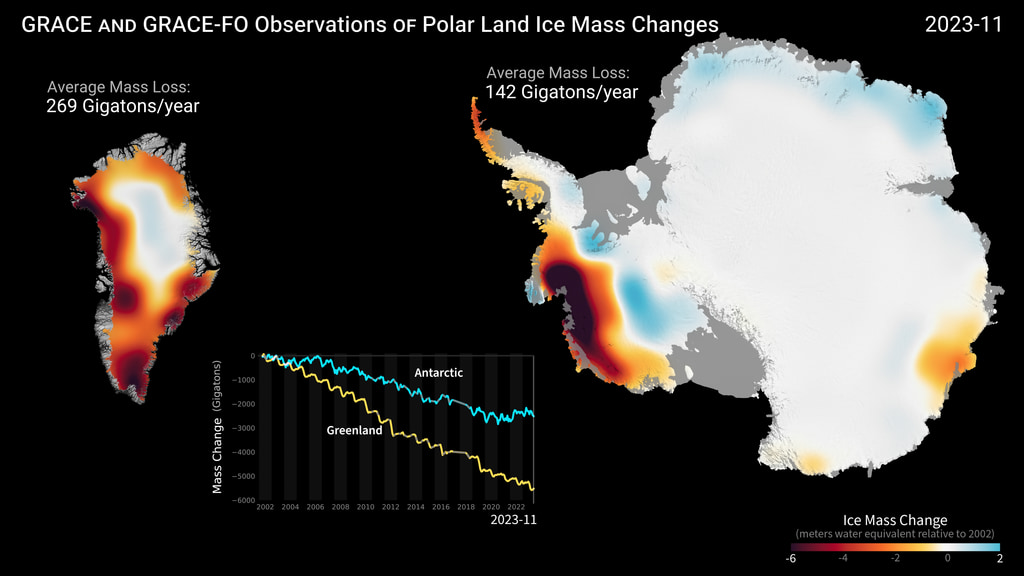
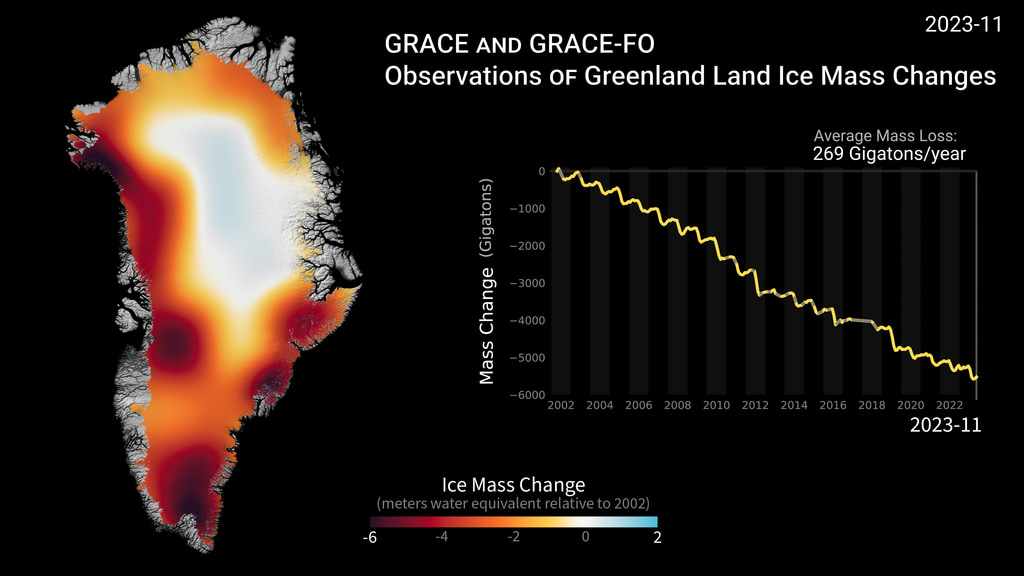
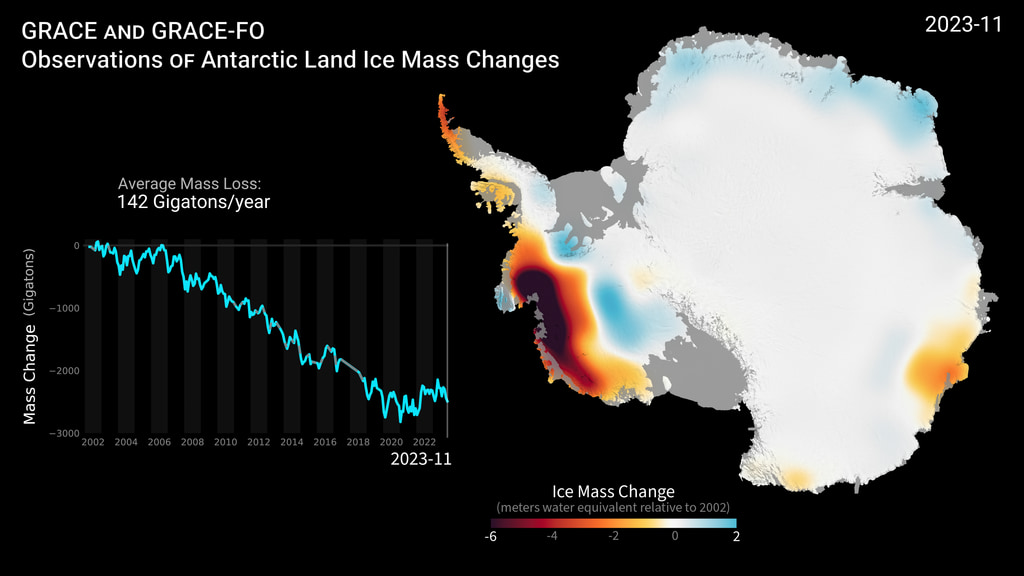
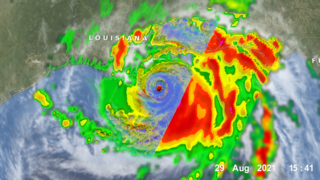
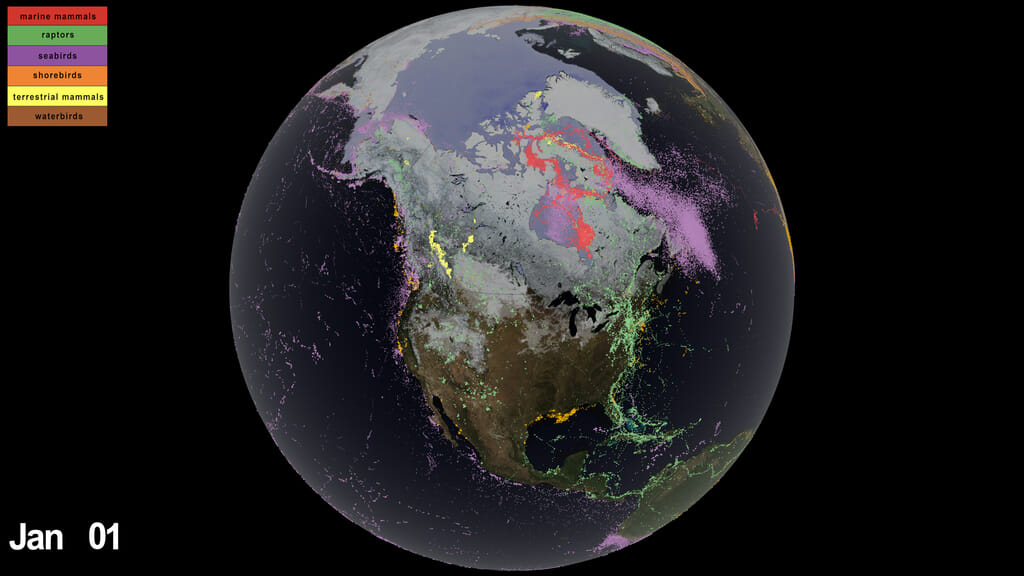
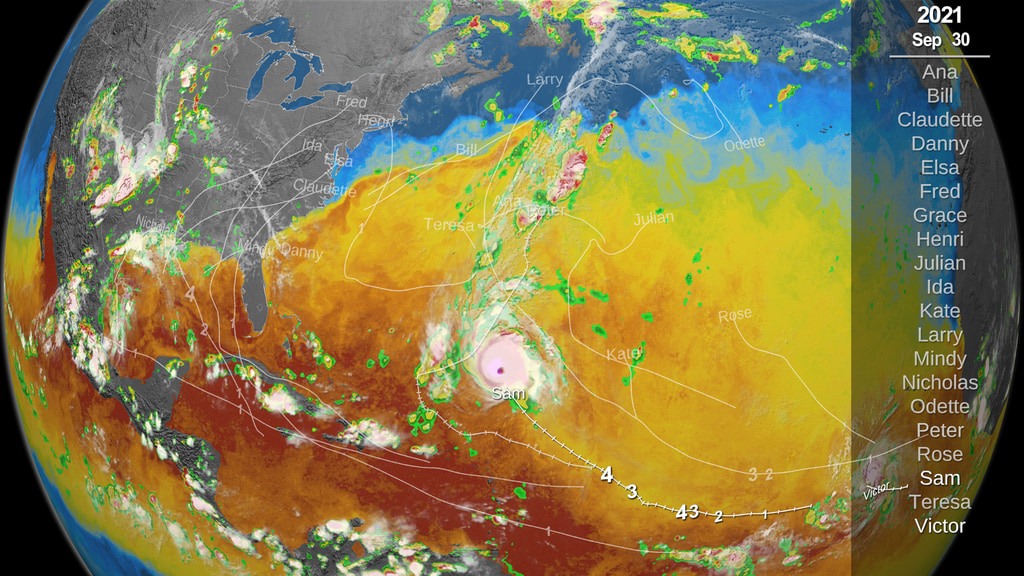
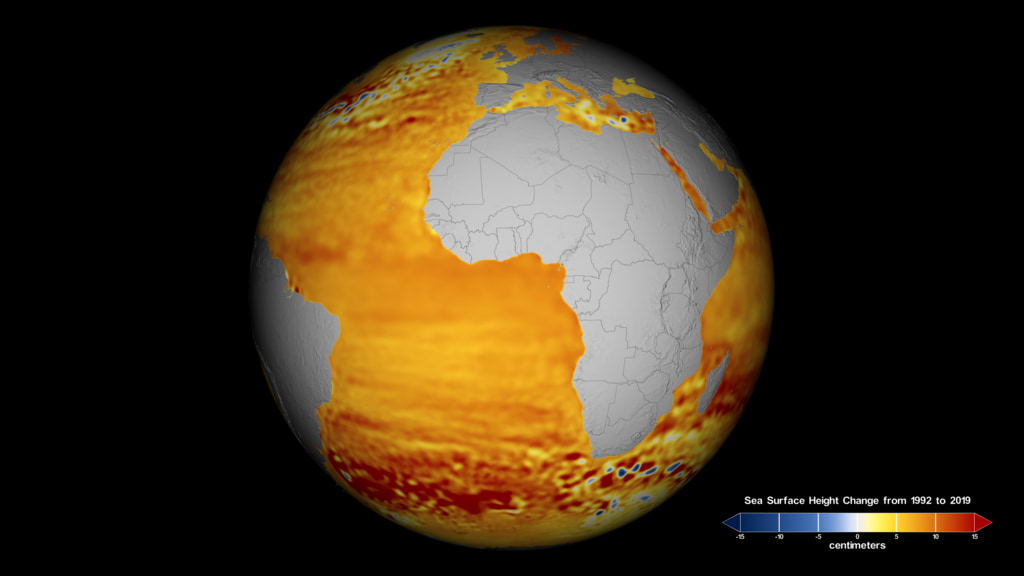

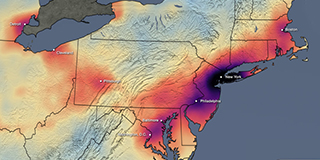
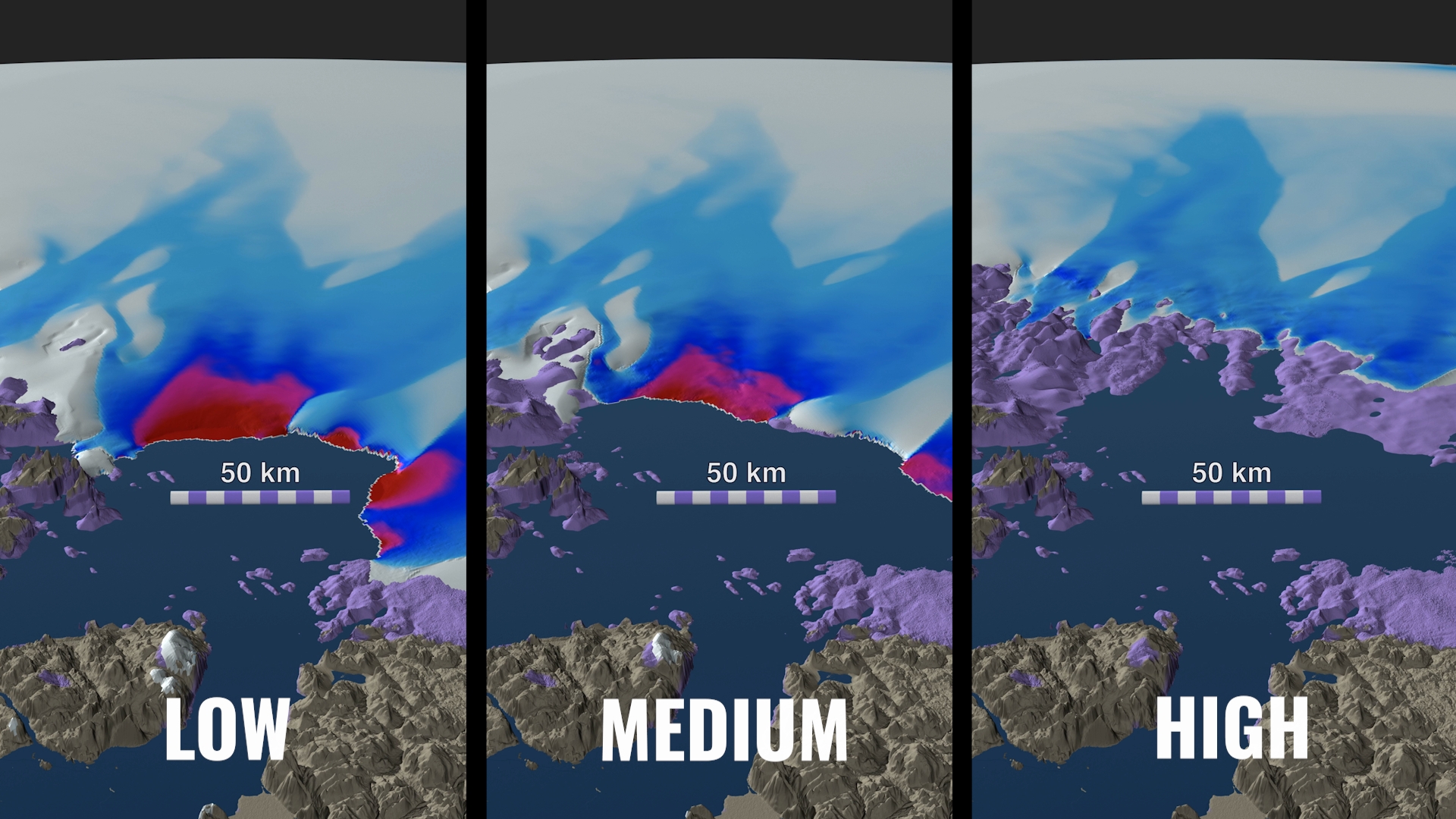
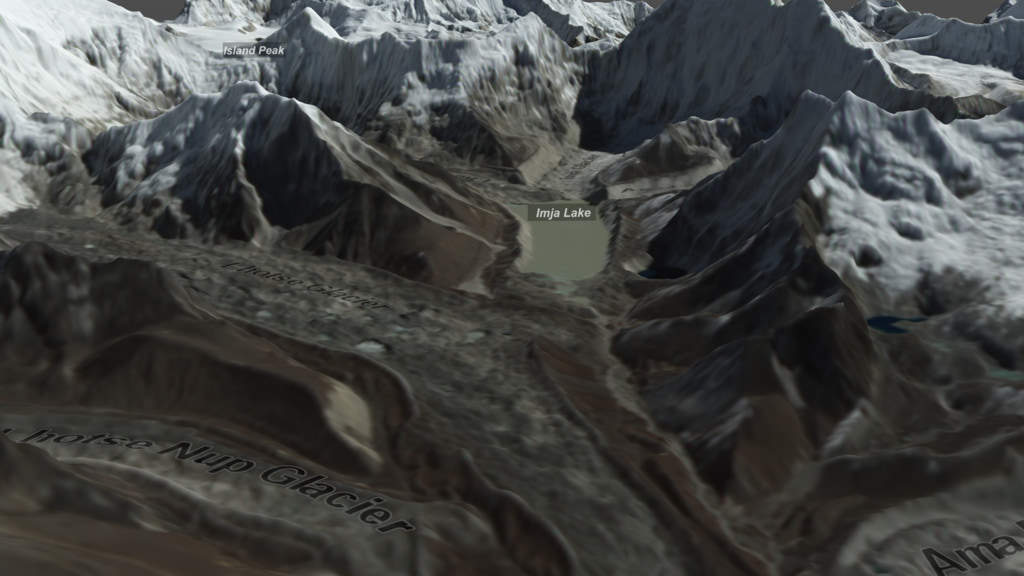
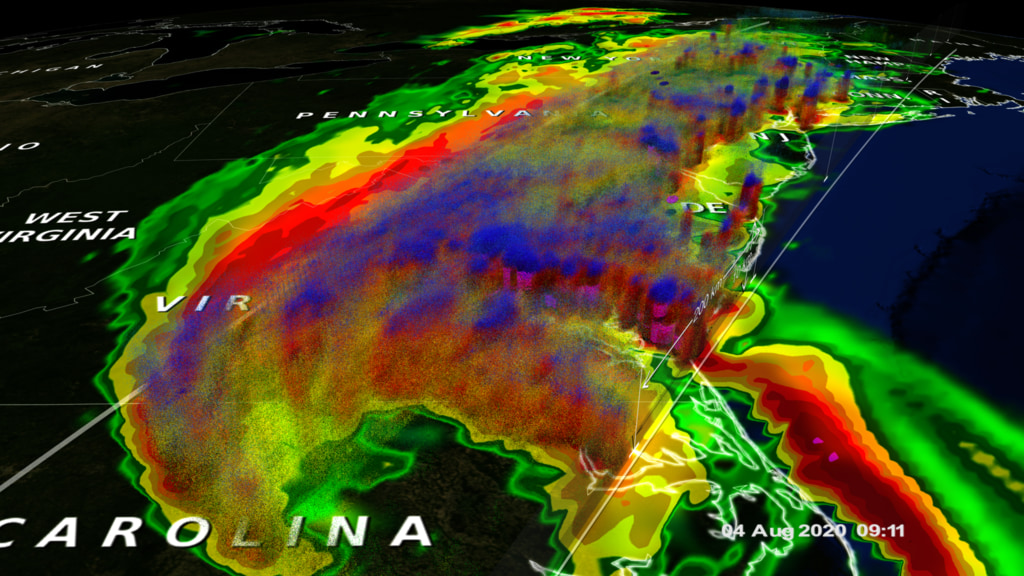
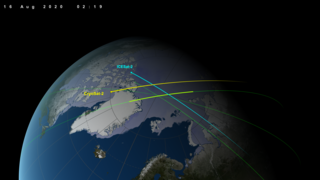
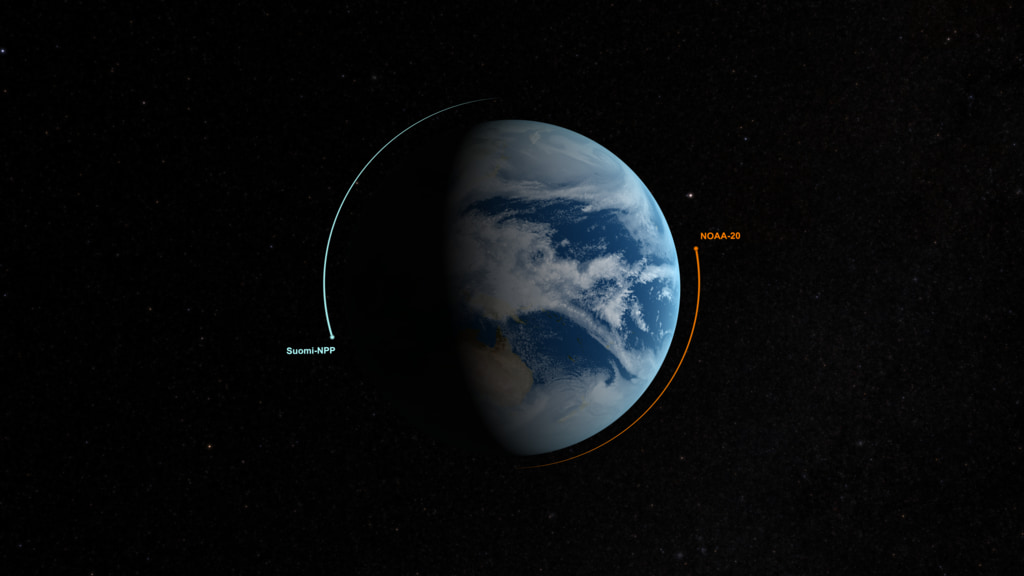
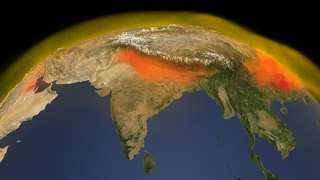
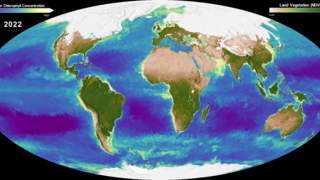
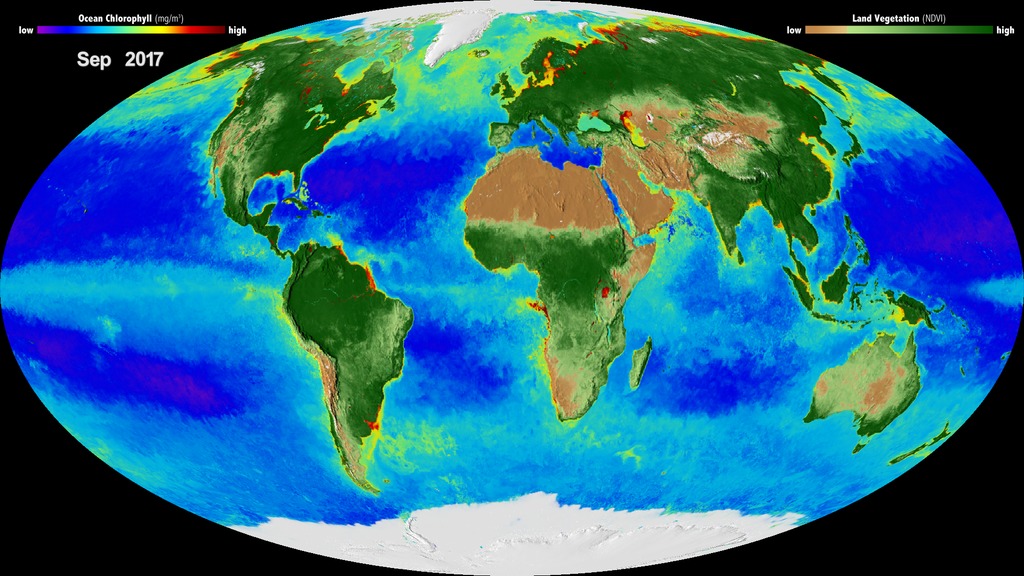
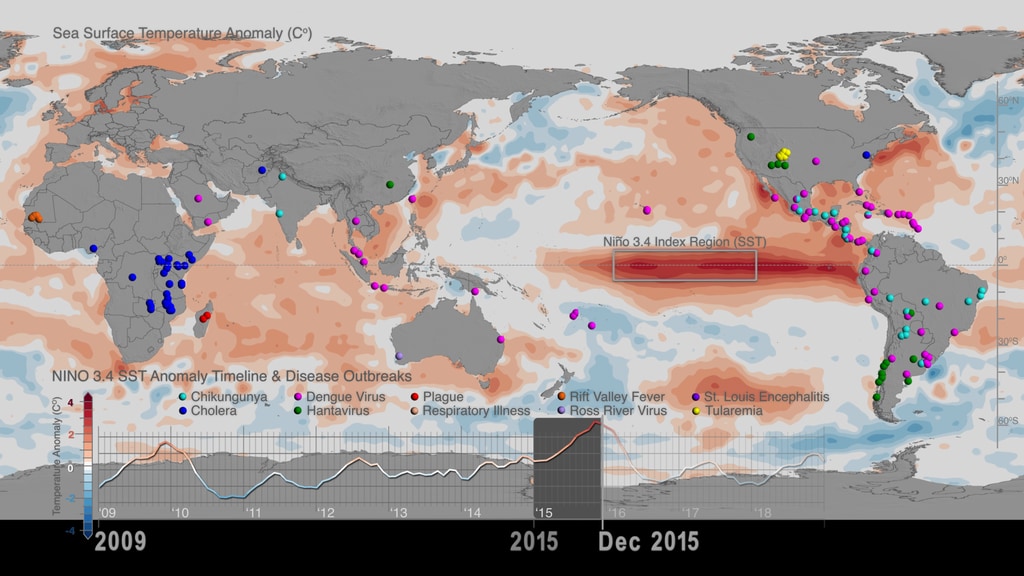
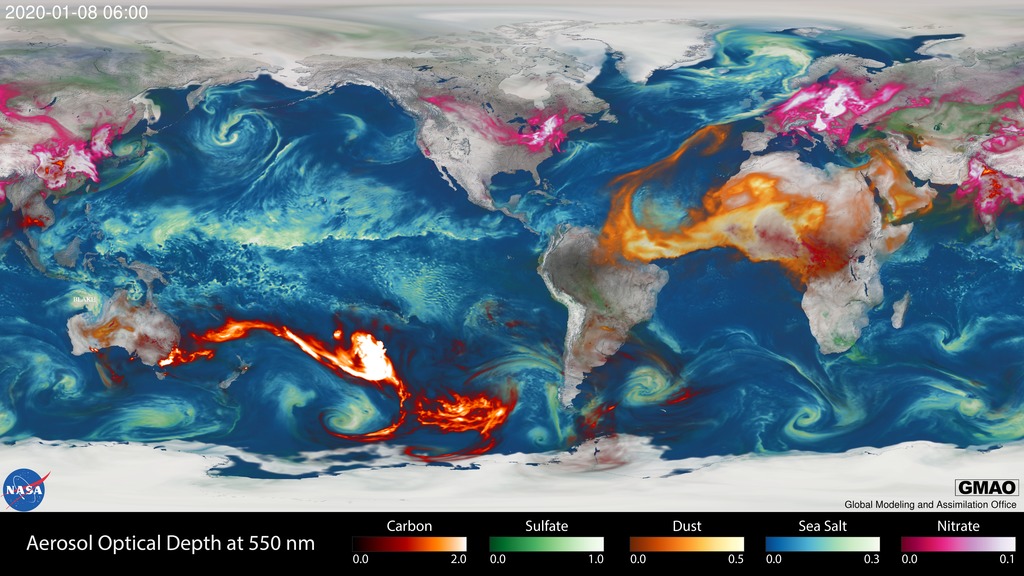
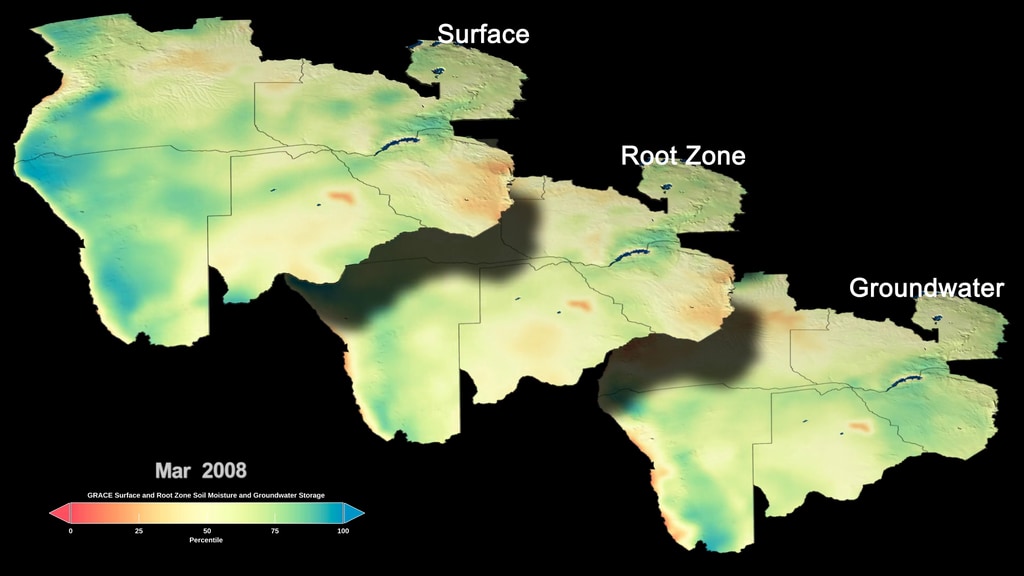
![VIDEO: "Witness the Breathtaking Beauty of Earth’s Polar Regions"
Operation IceBridge recorded the diversity and fragility of our rapidly changing polar regions. These areas are some of the most inhospitable, but breathtaking places on Earth. Sit back and witness the polar regions, from western Greenland to Antarctica. Notable features include the Pine Island Glacier, Larsen C ice shelf, and rapid summer melt on the western Greenland Ice Sheet.
Learn more: Operation IceBridge
Music Provided by Universal Production Music: "Arabesque No.1" by Claude Debussy [PD]
This video is also available on our YouTube channel.](/vis/a010000/a013500/a013577/13577_Cryosphere_Beauty_Classic.00018_print.jpg)
